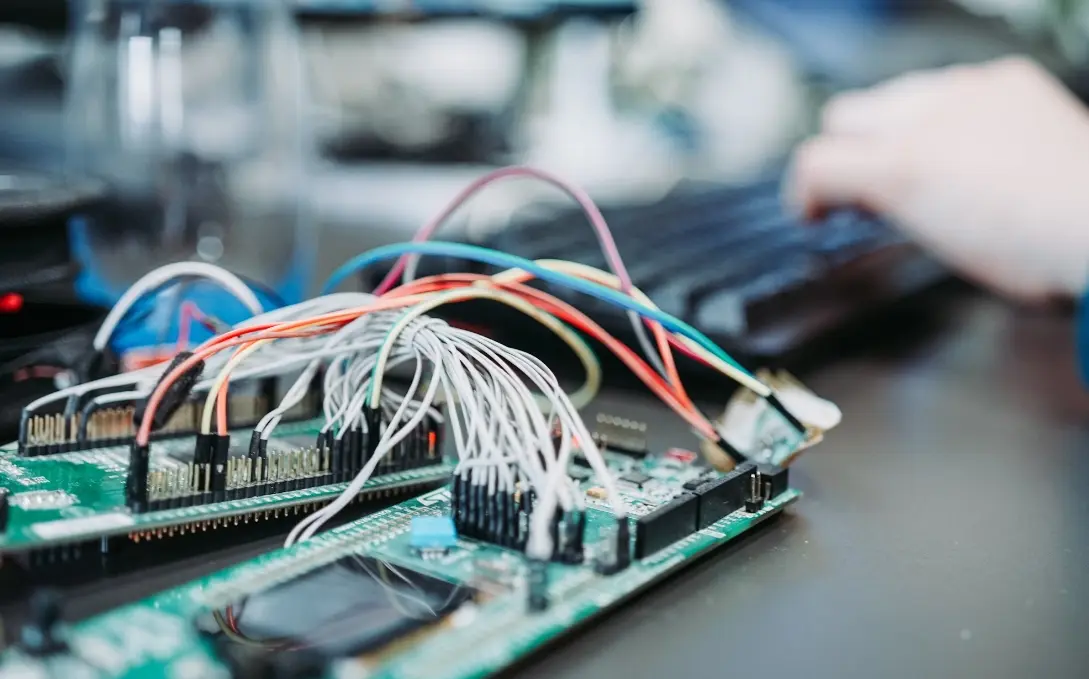
What Are WEEE Regulations
What Is WEEE?
WEEE stands for Waste Electrical and Electronic Equipment, which refers to the Directive on the recycling of discarded electrical and electronic equipment.
Since August 13, 2005, manufacturers of electrical and electronic equipment circULating in the EU market are legally obligated to bear the cost of recycling discarded products.
At the same time, EU member states are requiRED to develop their own recycling plans and establish supporting collection facilities, ensuring that end users can conveniently and freely dispose of waste equipment.

Purpose of the WEEE Mark
The WEEE mark is based on the principle of the circular economy: resources should not be wasted but reused.
Only when electrical devices and batteries are collected separatelycan they be properly recycled.
The crossed-out wheeled bin symbolunder WEEE is a market behavior ruledesigned to protect the interests of market participants.
What Does It Mean?
If you sell electrical devices or batteries online, you must comply with this market rule — meaning you are required to label your products with this mark.
Differences Between WEEE and Battery Directive
1. Different Symbols
Although both symbols show a crossed-out wheeled bin,
- The WEEE markincludes a solid black barbeneath the bin.
- The Battery Directive markdoes nothave the black bar, and the bin outline is hollow.
2. Different Regulations
- WEEE Regulation:ElektroG
- Battery Directive Regulation:BattG
3. Different Recycled Products
- WEEE Directive:Covers discarded electrical and electronic equipment, but not batteries.
- Battery Directive:Specifically for battery recycling, not for electrical devices.
4. Different Registration Scopes
- WEEE:Applies to all electronic and electrical equipmentsold in the EU.
- Battery Directive:Applies only to products containing batteries.
Common Points Between WEEE and Battery Directive
1. Both require compliance registrationwithin the EU.
2. Germanyenforces both the most strictly.
3. Both use the crossed-out wheeled binsymbol.
4. Products removed from sale must be relabeled before restocking.
5. Products containing batteries require both WEEE and Battery Directive registration.
6. Both directives state that distributors or importersshare responsibility for recycling and disposal.
7. Non-compliance results in penaltiesfrom EU (especially German) authorities.
> In summary: both WEEE and the Battery Directive are crucial environmental regulations.
> Sellers must understand their differences during registration to avoid confusion and unnecessary losses.
Common Questions About WEEE
What Products Require weee certification?
The WEEE directive applies to 10 categoriesof electrical and electronic equipment:
1. Large household appliances
2. Small household appliances
3. IT and telecommunications equipment
4. Consumer electronics
5. Lighting equipment
6. Electrical and electronic tools (excluding large fixed industrial tools)
7. Toys, leisure, and sports equipment
8. Medical devices
9. Monitoring and control instruments
10. Automatic dispensers
Which Countries Require weee registration?
Countries include:
Germany, the United Kingdom, France, Italy, Spain, Sweden, the Netherlands, Denmark, Portugal, Poland, Belgium, Finland, Luxembourg, Austria, and Ireland.
Documents Required for WEEE Registration
1. Application form
2. Business license (in Chinese and English, copy acceptable)
3. Product images with logo
4. Product manual
Registration Timeframes
- Germany (EAR registration):10–12 weeks
- United Kingdom:3 working days
- Italy:1 month
- France:1 month
- Other EU countries:1–2 months
Email:hello@jjrlab.com
Write your message here and send it to us
 What Are CE and WEEE Marks
What Are CE and WEEE Marks
 What Are WEEE Regulations
What Are WEEE Regulations
 California Proposition 65 Testing
California Proposition 65 Testing
 Footwear Testing Laboratory
Footwear Testing Laboratory
 Food Contact Material Testing
Food Contact Material Testing
 How to Get WEEE Certification
How to Get WEEE Certification
 Labubu Toy Export Certification Guide
Labubu Toy Export Certification Guide
 How to Get MSDS Sheets
How to Get MSDS Sheets
Leave us a message
24-hour online customer service at any time to respond, so that you worry!




